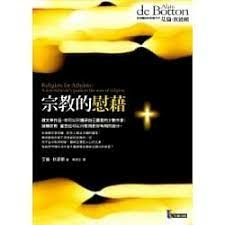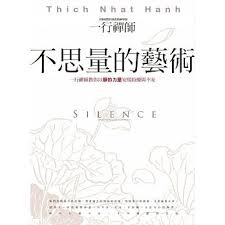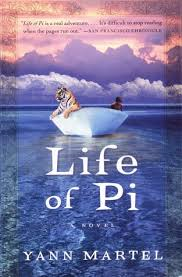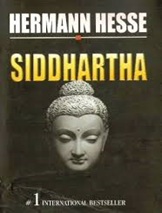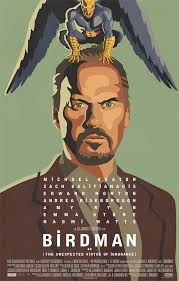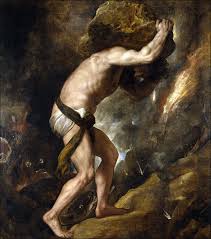Illness as Metaphor, a 1978 work of critical theory by Susan Sontag, examines the cultural and metaphorical representations of two major illnesses: tuberculosis and cancer. The book's key points can be listed as follows:
《疾病如隱喻》是蘇珊·桑塔格(Susan Sontag)於1978年撰寫的批判性理論著作,內容檢視2種主要疾病,肺結核和癌症的文化隱喻。此書的重點列舉如下:
-
Metaphorical portrayal of illnesses: Sontag argues that societies often use metaphors to describe and understand diseases, such as tuberculosis and cancer. These metaphors, though seemingly innocent, can contribute to stigmatization, fear, and misunderstanding surrounding these illnesses.
社會通常使用隱喻来描述和理解疾病,如肺結核和癌症。這些隱喻雖然看似無害,但可能導致疾病受到污名化、引起恐懼和誤解。
-
Tuberculosis as a romanticized disease: Sontag discusses how tuberculosis was once romanticized and associated with artistic and intellectual genius during the 19th and early 20th centuries. This romanticized view obscured the harsh realities of the disease and its impact on patients and society.
在19世紀和20世紀初,肺結核曾被浪漫化,並與天才型藝術家和知識份子聯想在一起。這種浪漫化的觀點掩蓋了這種疾病的嚴酷現實及其對患者和社會的影響。
-
Cancer as a metaphor for evil: Sontag examines the cultural perception of cancer as a metaphor for something evil or morally corrupt. The use of cancer as a metaphor has led to blame and guilt being associated with the illness, causing additional suffering for the patients and their families.
癌症在文化中被視為邪惡或道德敗壞的隱喻。使用癌症作為隱喻導致將責怪和罪惡感與這種疾病聯繫在一起,給患者及其家人帶來了額外的痛苦。
-
Stigmatization of the sick: By exploring the metaphors surrounding illness, Sontag exposes how society tends to stigmatize the sick, blaming them for their conditions or characterizing illnesses as punishment for personal shortcomings.
社會往往會給病人貼上汙名,責怪他們的狀況,或將疾病描繪為對個人缺陷的懲罰。
-
The influence of language: Sontag emphasizes the power of language in shaping public perception and the need to use more accurate, non-metaphorical language when discussing illnesses. She advocates for a more nuanced and compassionate approach to talking about diseases.
Sontag强調語言在塑造公眾認知方面的力量,以及在討論疾病時需要使用更準確、非隱喻性的語言。她主張對疾病談論採取更細緻入微、富有同情心的方式。
-
Myth of the "fight against cancer": Sontag critiques the rhetoric of the "battle" or "war" against cancer, suggesting that this language can create unrealistic expectations and put undue pressure on patients, leading to emotional distress.
Sontag批評了對癌症進行“戰鬥”或“戰爭”之類修辭的做法,她認為這種語言可能產生不切實際的期望,並給患者帶來不必要的壓力,導致情感上的困擾。
-
Social and psychological impact: The book explores the psychological toll of living with a stigmatized illness and how societal attitudes can affect a patient's experience, self-esteem, and sense of identity.
這本書探討了生活在受汙名化疾病中的心理負擔,以及社會態度如何影響患者的經歷、自尊心和認同感。

